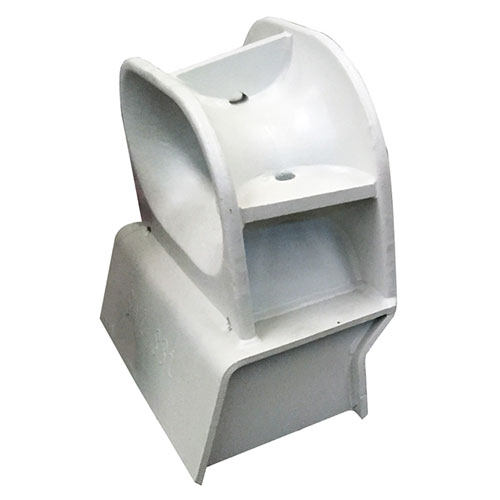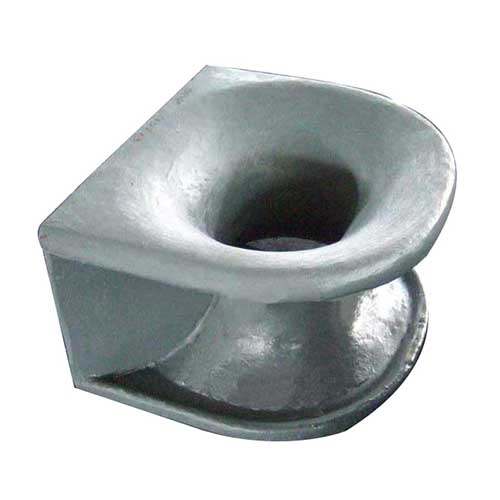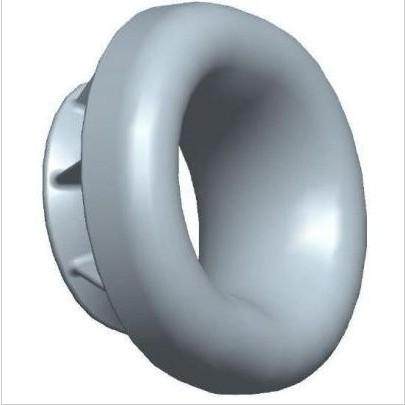How to Select the Right Mooring Chock for Different Vessel Types
In maritime operations, mooring chocks can ensure secure mooring and protect mooring lines from abrasion and undue stress. Selecting the appropriate mooring chock for a specific vessel type is essential for both safety and operational efficiency. Choosing the right marine mooring chock depends heavily on the type of vessel, the operating environment and mooring conditions. This article focus on topic of selecting the most suitable mooring chock for different vessel types.
Table of Contents
Understanding the Function of Mooring Chocks
Mooring chocks act as line guides, allowing ropes to pass smoothly from the deck or bulwark to shore bollards or buoys. Their main purpose is to prevent abrasion and distribute loads evenly. An ideal chock minimizes wear on lines, maintains tension integrity, and withstands harsh marine conditions, such as saltwater corrosion and mechanical stress.

Why Need Selecting the Suitable Mooring Chock for Specific Vessel Type
Each vessel type presents unique mooring challenges. Recreational craft prioritize convenience and corrosion resistance; commercial ships need certified, heavy-duty chocks; and tankers focus on spark safety and endurance. Using the wrong type of chock can lead to premature line wear, structural damage, or even mooring failure. Therefore, selecting a chock that matches the vessel’s size, function, and operational setting is essential.

Types of Mooring Chocks
| Type of Chock | Description | Common Materials | Key Features |
| Open Chock | U-shaped, open-ended chock for easy line placement | Stainless Steel, Aluminum | Easy to use, corrosion-resistant, lightweight |
| Closed Chock | Fully enclosed chock with an opening through bulwark or deck | Cast Steel, Ductile Iron | High load capacity, secure line control |
| Panama Chock | Standardized closed chock designed for Panama Canal use and large ships | Cast Steel | Compliant with ISO/JIS, robust design |
| Roller Chock | Includes a roller to reduce friction and wear on mooring lines | Cast Steel with Roller Insert | Reduces line abrasion, ideal for dynamic mooring |
| Bulwark Chock | Installed through the bulwark, commonly seen as part of the ship’s side | Steel, Stainless Steel | Smooth edge, strong weldable installation |
| Deck Chock | Mounted on deck, allows horizontal line movement | Steel | Horizontal guiding, robust deck anchoring |
| Norman Chock | Heavy-duty enclosed chock often built into structure for large tension loads | Cast Steel | Extreme strength, used in high-stress mooring applications |
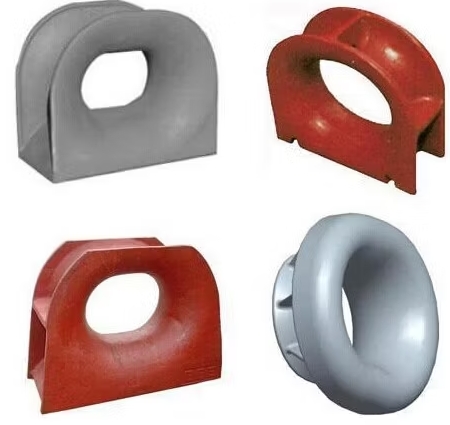
Key Considerations in Selecting Mooring Chock
| Consideration | Description |
| Vessel Type & Size | Determines the load requirements and appropriate chock size; larger vessels need heavy-duty chocks. |
| Mooring Line Characteristics | The diameter, material, and type of mooring line affect chock groove size and surface finish needs. |
| Operational Environment | Saltwater, extreme temperatures, and wave activity influence material choice and corrosion resistance. |
| Load Capacity | Chocks must withstand expected tension loads during berthing, tides, and environmental conditions. |
| Chock Placement | Bulwark or deck-mounted placement affects the type of chock selected (e.g., bulwark vs. deck chocks). |
| Line Handling Efficiency | Some chocks like open or roller types allow quicker line handling and reduced wear on ropes. |
| Compliance & Standards | Commercial vessels often require chocks meeting ISO, JIS, or classification society regulations. |
| Material Durability | Materials like cast steel, stainless steel, or bronze are chosen based on durability and longevity. |
| Maintenance Requirements | Simpler designs may require less maintenance; roller types may need lubrication and checks. |
| Safety Considerations | Enclosed chocks reduce the risk of line jumping or slippage during high-tension operations. |
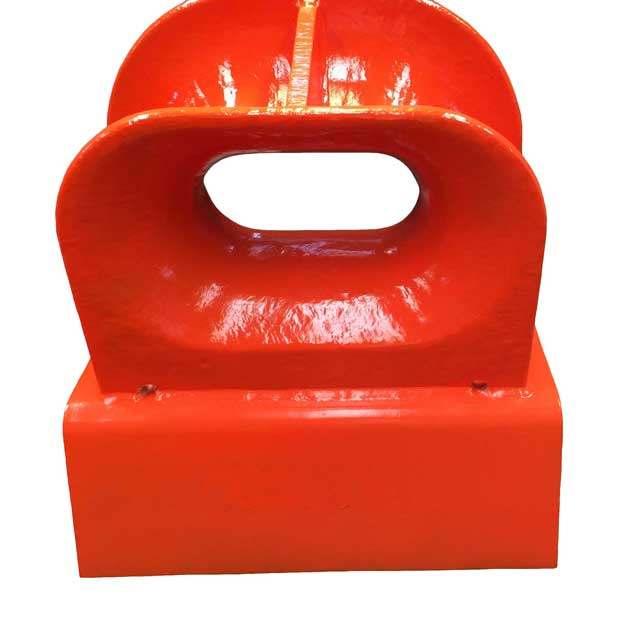
How Mooring Chock Selection Varies across Different Vessel Types
1. Small Boats and Yachts
For recreational vessels such as yachts, catamarans, and small motorboats:
- Open chocks are common due to their simplicity and ease of use.
- Stainless steel or aluminum chocks are preferred for their corrosion resistance and aesthetic appeal.
- Chocks should be appropriately sized to fit common synthetic ropes and installed at critical mooring points to prevent line slippage.
Key Consideration: Prioritize lightweight, corrosion-resistant materials and user-friendly design.
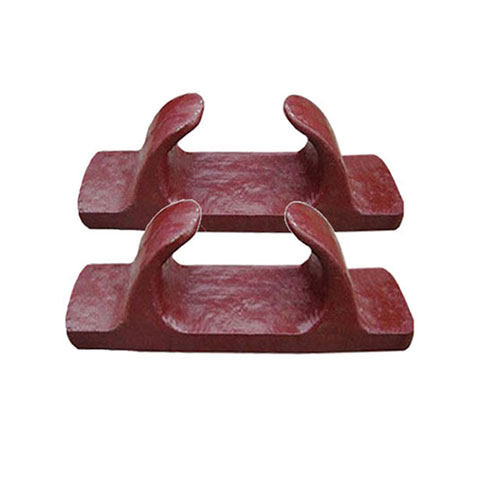
2. Fishing Vessels
Fishing vessels often operate in rugged conditions, requiring more durable mooring hardware.
- Closed chocks with reinforced steel or cast iron are common for withstanding rough seas and heavy loads.
- Chocks with smooth internal surfaces prevent damage to synthetic or wire ropes.
- Vessels may also benefit from roller chocks in high-tension areas to minimize abrasion from constant movement.
Key Consideration: Look for heavy-duty, low-friction designs that can endure harsh marine environments.
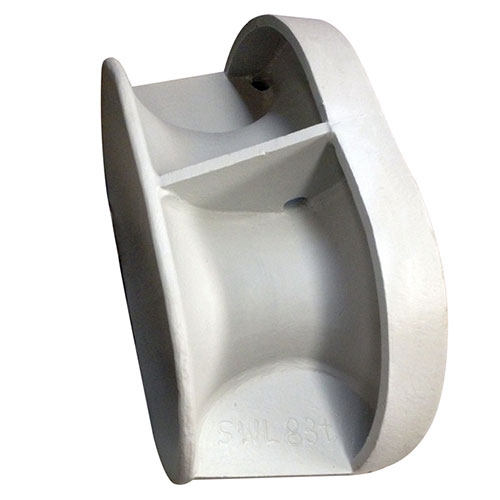
3. Commercial Cargo Ships
Bulk carriers, container ships, and general cargo vessels require mooring chocks that comply with international maritime standards such as ISO 13713 or JIS F2005.
- Panama chocks are often mandatory, especially for vessels transiting through the Panama Canal.
- These chocks must accommodate large-diameter lines and withstand high mooring loads.
- Made from cast steel and welded to the deck or bulwark, they are engineered for strength and long service life.
Key Consideration: Ensure compliance with global standards and select chocks rated for high load capacity.
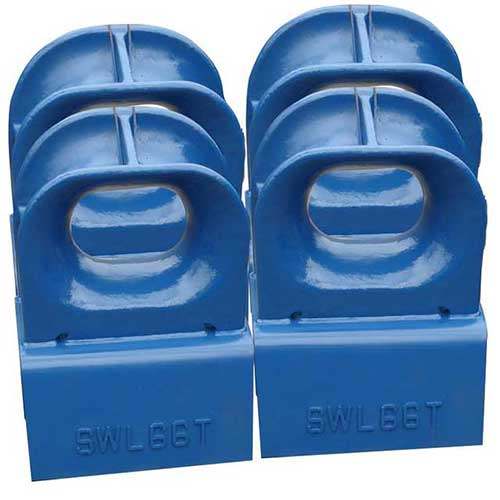
4. Tankers and LNG Carriers
Tanker vessels require extremely robust mooring systems due to their size, cargo value, and strict safety requirements.
- Closed Panama chocks are the industry norm, often integrated into strong mooring winch systems.
- Materials must be spark-resistant (e.g., bronze inserts in high-risk zones) and able to endure corrosive environments.
- LNG carriers may use custom-designed chocks compatible with dynamic positioning systems and LNG-specific mooring loads.
Key Consideration: Safety, certification (e.g., from classification societies), and corrosion resistance are paramount.
5. Naval and Offshore Vessels
Military and offshore vessels, including support ships and drilling rigs, face unique challenges:
- Require versatile chock designs, often with rollers for active station-keeping or dynamic mooring.
- Modular or reinforced designs allow for flexibility in deployment.
- Special coatings and materials enhance performance in extended offshore operations.
Key Consideration: Adaptability, strength, and long-term resistance to wear and corrosion are crucial.
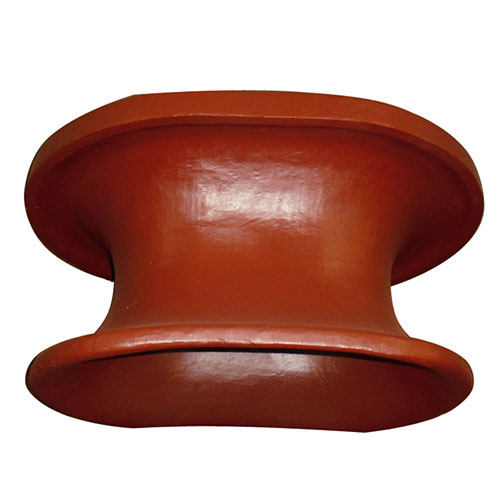
Final Thoughts
Each vessel type, whether a recreational yacht, a fishing trawler, or a massive LNG carrier, has its own set of needs shaped by operational conditions, safety requirements and physical constraints. By considering these factors and aligning mooring chock selection with recognized standards and vessel specifications, marine operators can enhance mooring efficiency and ensure the long-term integrity of mooring systems.


